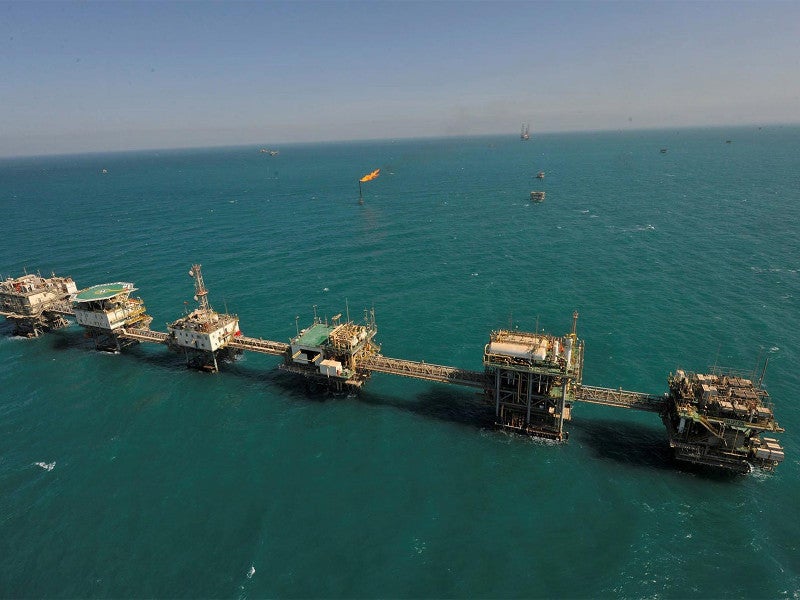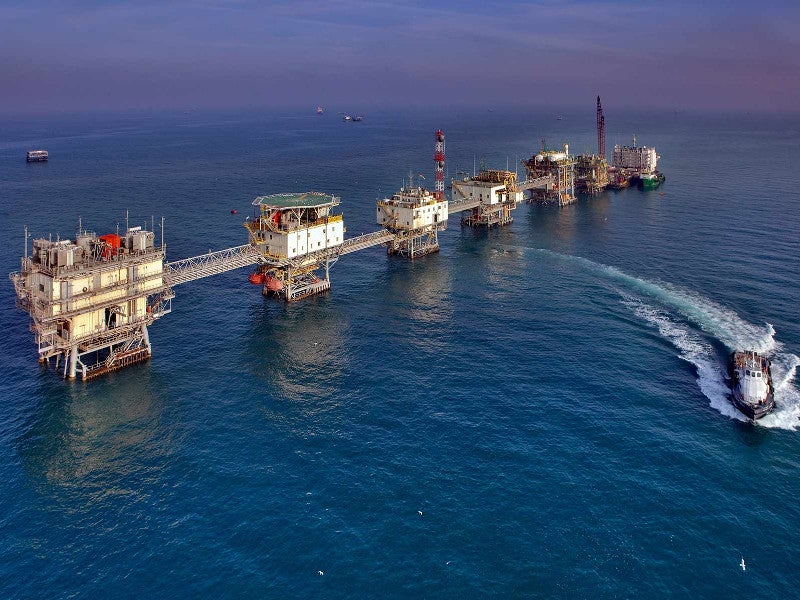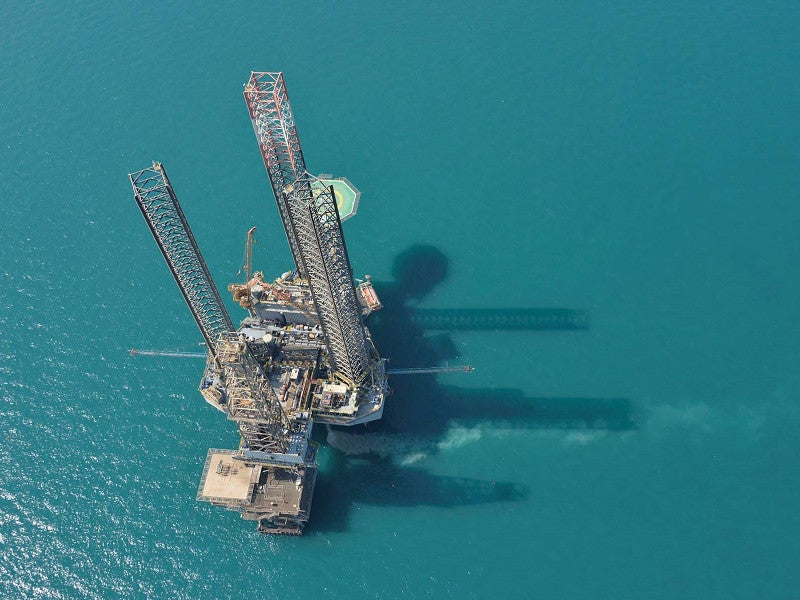The Khafji field development is located in the Persian Gulf, within the neutral zone between Kuwait and Saudi Arabia.
The Saudi-Kuwaiti neutral zone hosts four major offshore fields including Khafji, Hout, Dorra and Lulu that are operated by Al-Khafji Joint Operations (KJO).
KJO is a 50:50 joint venture between Aramco Gulf Operations Company (AGOC), which is a subsidiary of Saudi state oil firm Saudi Aramco, and Kuwait Gulf Oil Company (KGOC), a wholly-owned subsidiary of Kuwait’s state-owned Kuwait Petroleum Corporation (KPC).
Production from the KJO-operated offshore fields in the neutral zone came to a halt in October 2014 due to environmental concerns as well as political differences between the two countries.
The Wafra oil field, an onshore field located in the neutral zone, also stopped producing due to the same reason in May 2015.
Kuwait and Saudi Arabia signed a memorandum of understanding (MoU) to resume oil production from the shared fields in the neutral zone, in December 2019.
Production restart at the Khafji field
The Khafji oil field was producing up to 300,000 barrels per day (bpd) of oil at the time of its closure in 2014.
Following the production resumption, the offshore field’s output is expected to gradually ramp up to 325,000bpd by the end of 2020.
The recently achieved dispute resolution over the neutral zone between the two Gulf neighbours is also expected to pave the development of other offshore fields in the shared region, starting with the Dorra gas field development.
Al Khafji oilfield history
The Khafji oil field was discovered by the Japanese consortium Arabian Oil Company (AOC) in 1960, followed by the discovery of the Hout oil field in 1963. The Lulu and Dorra fields were discovered in 1967.
AOC, which was founded in 1958, was engaged in the exploration, development, production in the offshore neutral zone under concession agreements with Saudi Arabia and Kuwait.
It brought the Khafji oil field into production in 1961 and continued to operate it till the expiry of the concession agreement with Saudi Arabia in 2000.
AOC used water injection to maintain reservoir pressure in the 1970s and introduced artificial lifting technology for enhanced oil recovery in the field in 1989.
AGOC took over the Saudi Government’s share in the oil assets in the shared zone in April 2000, while AOC represented the Kuwait Government until the expiry of its concession agreement with Kuwait in 2003.
KGOC took over Kuwait’s share in the neutral zone in January 2003.
Al-Khafji field development details
The Al-Khafji offshore operations span approximately 7,000km2 within the neutral zone between Saudi Arabia and Kuwait.
The field is developed with a total of 11 offshore platforms including a central gathering platform.
Majority of the gas produced at the field is used for increasing the reservoir pressure. KJO is also using electric submersible pumps (ESPs) at some of its production wells for enhanced oil recovery.
The oil produced at the offshore field is sent through a network of 28”, 36” and 42” subsea pipelines to an onshore oil processing facility.
Other onshore facilities include a 90MW gas-fired power plant, two gas-receiving stations, a water treatment plant, and a desalter unit.
The offshore facilities receive power supply through a 40kV submarine cable system.
Contractors involved
Egyptian engineering firm Enppi, in consortium with two more Egyptian companies namely, Petrojet and Petroleum Marine Services (PMS), as well as Saudi Arabia-based Rawabi Holding, was involved as the engineering, procurement, and construction (EPC) contractor for the development of Al-Khafji field during 2006 and 2010.
The scope of the contract included the installation of six new platforms, modifications to five existing platforms, as well as the laying of 110km of subsea pipelines and 32km of submarine cable installation.
In a separate project, Enppi, in consortium with Petrojet, executed the EPC contract for the expansion of the Hout field’s onshore production facility during 2006 and 2010.
McDermott International received an engineering, procurement, construction, and installation (EPCI) contract for works on the Hout field in 2012. The project scope included installing a tripod jacket, along with a deck and flare tower, apart from laying 42km of 24” subsea pipeline.
McDermott also executed EPCI works for the Khafji Ratawi water injection facility in a separate contract.
JGC Gulf International Company completed the construction of an onshore water treatment facility at Al Khafji in 2015.
Saipem received an EPC contract for a new crude oil pipeline from the Hout field in 2018.
Saudi-Kuwaiti neutral zone background
The neutral zone, also known as the divided zone, is an undefined area between the borders of Saudi Arabia and Kuwait that was established in the British- mediated Uqair Convention in December 1922.
The Uqair Convention was held to delineate boundaries between Iraq, Saudi Arabia, and Kuwait.
The neutral zone was partitioned on the basis of a pact between Saudi Arabia and Kuwait in the late 1960s, while the maritime border between the two countries was decided in 2000.
Apart from signing an MoU to resume oil production from the shared fields, Kuwait and Saudi Arabia also signed an agreement over the demarcation of land and maritime borders in the neutral zone in December 2019.





